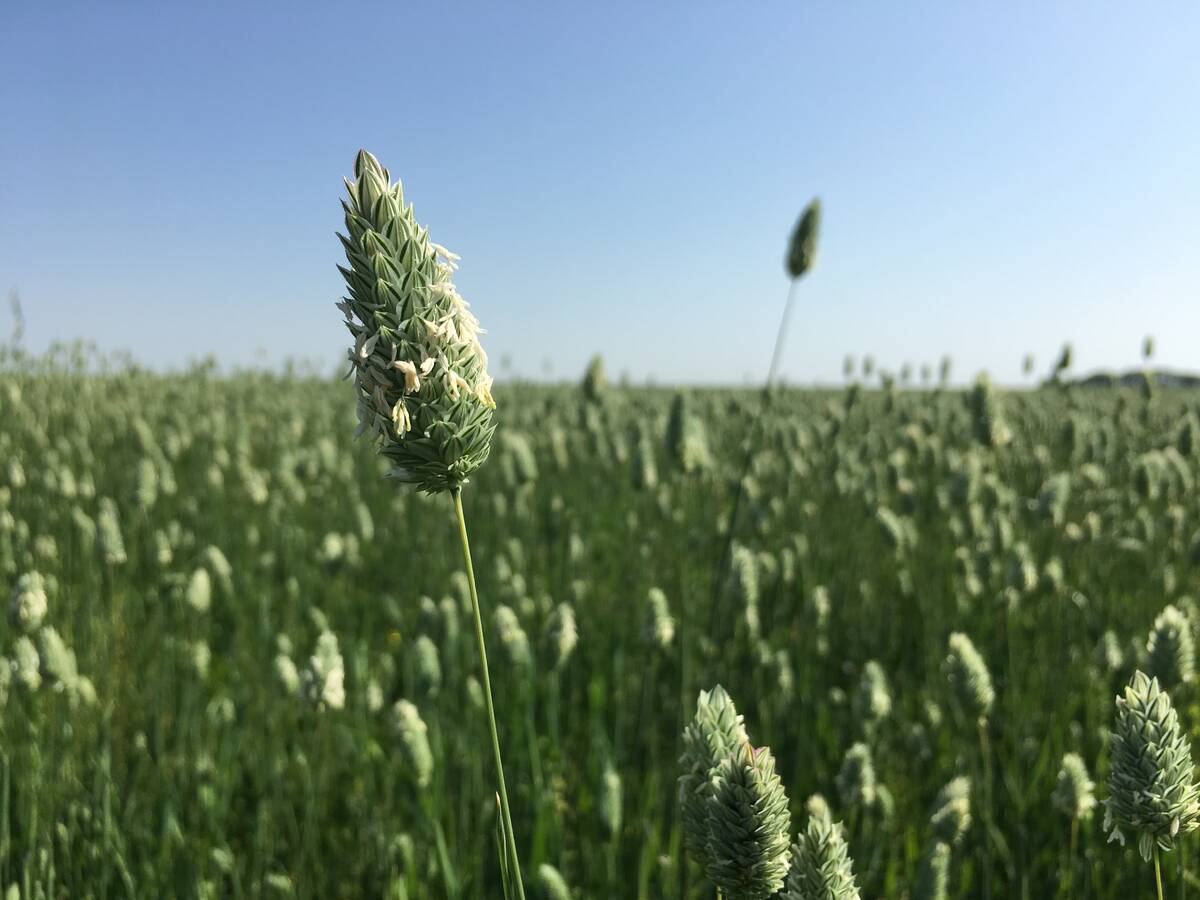Barley growers are taking steps to save their industry.
Production has dropped nearly 30 percent in the last 10 years to 6.9 million tonnes, based on Canadian Grain Commission figures.
The Western Barley Growers Association says it wants to renew interest in the crop before the industry disappears.
The association has met with government and barley users in the last year as it drums up financial support for an initiative to save the industry.
Letters of support from every sector of the business have been collected. Meetings are also planned with the Canadian Wheat Board.
Read Also

No special crop fireworks expected
farmers should not expect fireworks in the special crops market due to ample supplies.
“This whole initiative is not meant to be an attack on the Canadian Wheat Board,” association president Brian Otto said during the barley growers’ recent annual meeting in Calgary.
He said the initiative should identify the weak parts of the industry and find ways to rebuild demand for feed, beer and other food products.
“We have seen things that aren’t working identified, but nobody has ever proposed how you fix it.”
The association is also meeting with federal agriculture minister Gerry Ritz this month to discuss the strategic plan.
Wheat board president Ian White said the story of diminishing barley supplies and lower quality has been repeated around the world.
“From our point of view, 2010 was the worst quality barley crop ever,” he told the meeting.
A normal year provides 2.4 million tonnes of malting barley, but 1.1 million tonnes are available for sale this year. Maltsters have stretched their supplies as far as possible and customers have substituted barley with wheat malt.
Maltsters require new crop barley as soon as it is available.
A repeat of low production or quality issues in the main growing areas will create further bullishness in the market because international customers are concerned about their ability to obtain supplies.
Most of this year’s small malting barley pool has already been marketed. The board won’t be able to increase the value of the pool because it does not have the malting barley available.
Better barley prices may be offered this year, but White is not sure that is enough incentive to plant more.
“Feed barley prices are forecast to be the highest we have seen in 25 years,” he said.
About 80 percent of the western barley crop is used for livestock feed, and production is down around the world.
The western Canadian spot price was more volatile this year. Feeders had alternative grain available such as feed wheat and dried distillers grain from the United States.
The board sold 318,000 tonnes of feed barley in 2010-11, but it was challenging to keep pace with volatile prices.
“Did we keep pace with the market in terms of the signals? We could have done a better job of that but the market was moving very quickly and had to reflect a price to farmers at a time when the market bounced around by $30 a tonne in a day,” he said.















